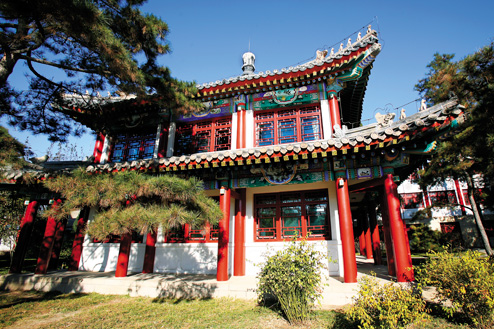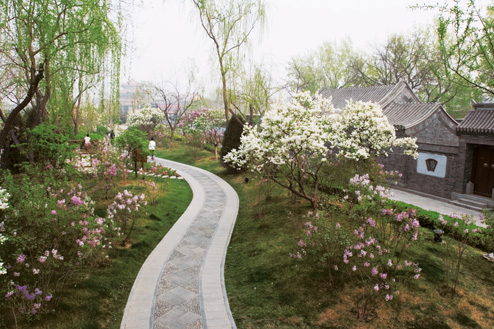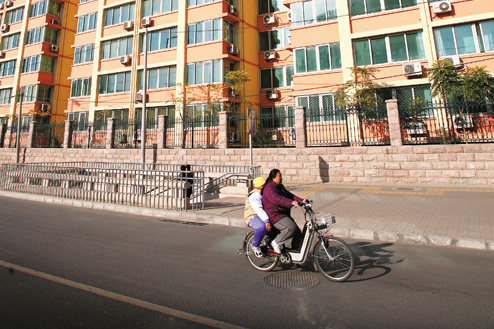Primary & Secondary Schools
Beijing has an array of international schools offering many teaching methods and different curriculae. All the popular national systems are represented including American, Canadian, Chinese, English, French, German, Indian, Pakistani and Swedish.
School days are typically 08:15 to 15:30, with after school activities running until 16:00 or 16:30. Schools break for several days or a week for national holiday in the first week of October, Christmas, spring festival (a week between mid-January and mid-February depending on the lunar calendar), spring break and May holiday. Some schools have half days or days off throughout the year for teacher training.
Admissions requirements vary, but most request a completed admissions application, health records, passport and visa information, and previous school records. Some schools ask for recommendation letters, assessments, on-campus interviews, entrance exams and language requirements. It is best to apply to schools as early as possible but most are willing to take students mid-way through the year if space is available.
A popular choice for parents who aren’t on a corporate package is to send their children to local Chinese schools. The admissions materials at local schools are typically in Chinese and at most places there’s little support for families and students who do not speak the language. Beijing Zhongguancun International School, Fangcaodi Primary School, The High School Affiliated to Renmin University of China and Beijing Ritan High School all have a history of admitting expat children, and have sizeable foreign student populations on campus. Non-Chinese speakers are usually set back several years, normally to first grade. The national curriculum allocates most of the day to Chinese study and maths with a focus on preparing students for entrance exams to middle school, high school and university.
Class sizes vary but average at 35 pupils. Unlike Chinese citizens, local school is not free for expats but tuition is much lower than at international schools. Many parents find the local Chinese education system beneficial for younger children, but turn to international education for high school, unless the child plans to attend university in China.
School days are typically 08:15 to 15:30, with after school activities running until 16:00 or 16:30. Schools break for several days or a week for national holiday in the first week of October, Christmas, spring festival (a week between mid-January and mid-February depending on the lunar calendar), spring break and May holiday. Some schools have half days or days off throughout the year for teacher training.
Admissions requirements vary, but most request a completed admissions application, health records, passport and visa information, and previous school records. Some schools ask for recommendation letters, assessments, on-campus interviews, entrance exams and language requirements. It is best to apply to schools as early as possible but most are willing to take students mid-way through the year if space is available.
A popular choice for parents who aren’t on a corporate package is to send their children to local Chinese schools. The admissions materials at local schools are typically in Chinese and at most places there’s little support for families and students who do not speak the language. Beijing Zhongguancun International School, Fangcaodi Primary School, The High School Affiliated to Renmin University of China and Beijing Ritan High School all have a history of admitting expat children, and have sizeable foreign student populations on campus. Non-Chinese speakers are usually set back several years, normally to first grade. The national curriculum allocates most of the day to Chinese study and maths with a focus on preparing students for entrance exams to middle school, high school and university.
Class sizes vary but average at 35 pupils. Unlike Chinese citizens, local school is not free for expats but tuition is much lower than at international schools. Many parents find the local Chinese education system beneficial for younger children, but turn to international education for high school, unless the child plans to attend university in China.













